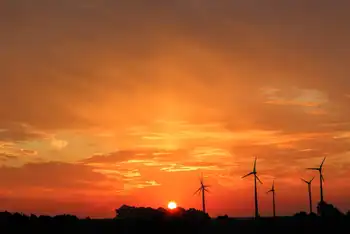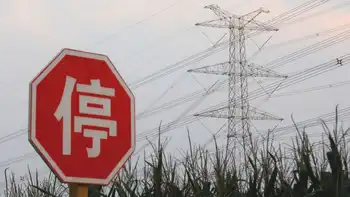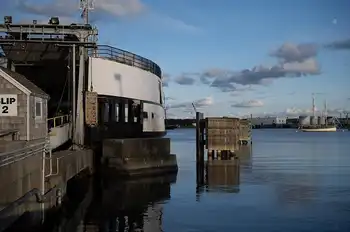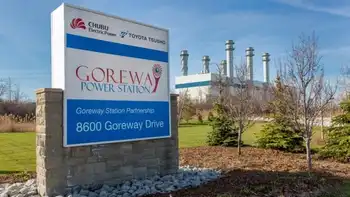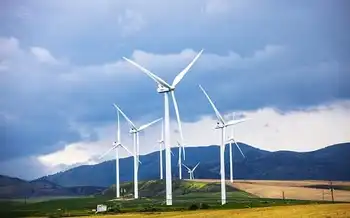L.A.'s wind farm to generate energy for 56,000 homes
By Los Angeles Times
CSA Z463 Electrical Maintenance -
Our customized live online or in‑person group training can be delivered to your staff at your location.

- Live Online
- 6 hours Instructor-led
- Group Training Available
The 8,000-acre Pine Tree Wind Project, about 14 miles north of the High Desert community of Mojave, will have 80 wind turbine generators, each 400 feet tall, and be the largest city-owned wind farm in the nation when completed in about a year's time.
"We've said for some time that L.A. needs to be the greenest city in America," Mayor Antonio Villaraigosa said at the groundbreaking ceremony attended by about 150 people. "We are committed to giving kids a brighter future than the one handed to us."
The Pine Tree 120-megawatt wind farm will reduce carbon emissions equivalent to taking 35,000 cars off the road and bring Los Angeles' renewable energy to 13 percent of its total power production, officials said.
The mayor also announced plans for the adjacent Pine Canyon wind farm that will be built on 12,000 acres and generate 150 megawatts of energy, enough to power another 70,000 homes.
The mayor has set a goal for the Department of Water and Power to increase its use of renewable energy to 20 percent by 2010.
"We are creating electricity out of thin air," City Council President Eric Garcetti said. "We are creating green jobs and green energy with a sensitivity to the topography in Kern County. Pine Tree represents a new era of renewable energy for Angelenos."
The Pine Tree project entails erecting the wind turbines and construction of a high-voltage transmission line and the Barren Ridge electrical substation.
First approved in 2003, Pine Tree has been touted as a unique initiative for a public utility that would promote clean air by reducing the city's reliance on polluting power sources.
Originally scheduled to go online in 2004, the project was delayed by problems, including litigation, local opposition, and issues with environmental permitting.
The height of the turbines was lowered to address concerns of nearby military installations, such as Edwards Air Force Base, that did not want the structures to interfere with their airspace, officials said.
Environmental clearances have been obtained to proceed, and officials at the event said the project has the support of environmental groups, including the Natural Resources Defense Council, Sierra Club, and Union of Concerned Scientists.
"All this will be done with minimal encroachment on the environment," said Nick Patsaouras, president of the Board of Water and Power Commissioners.
But about a dozen protesters showed up at the event and silently held signs that said, "Save the Desert from Mayor Villaraigosa" and "Generate Power at Source of Need."
April Sall, preserve manager of The Wildlands Conservancy, said the group supports renewable energy, but not when transmission lines will bring harm to the environment.
"Energy has to be generated at the source of need, meaning in the urban centers and metropolitan areas so there's no need for transmission lines. It would be cheaper for ratepayers and cause less environmental damage," Sall said.
"The concern with the transmission lines is that they bisect natural areas and cause problems with migration and habitats of birds and other species."
In response, Villaraigosa cited the backing of the other environmental groups.
"I think it's important that we hear from all the parties. The Natural Resources Defense Council and others have all said this is a great and green project," the mayor said before taking a helicopter tour of the project site.





